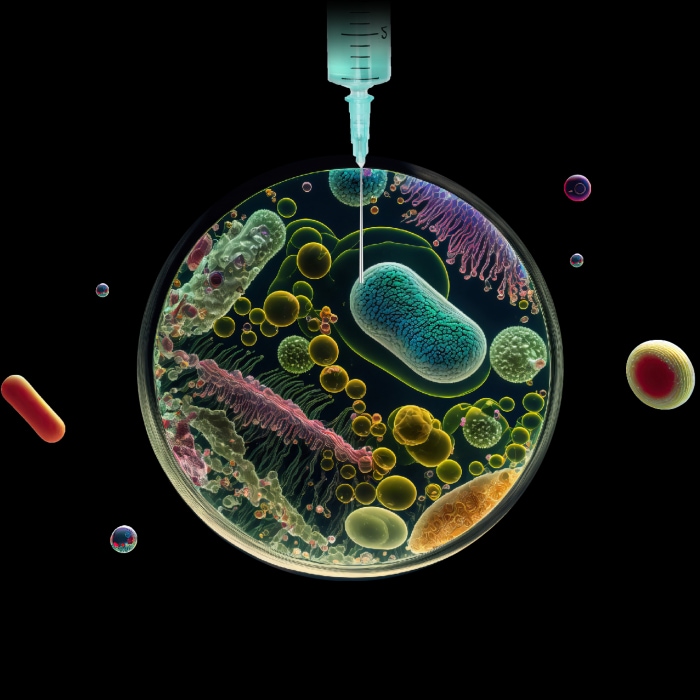Cell and gene therapies (CGTs) are transforming not only the way in which we treat genetic and intractable diseases, but also the entire pharmaceutical ecosystem as we know it.
Suffice to say, the next generation of CGTs holds tremendous potential for therapeutic benefits. To realise this promise, however, stakeholders across the value chain – including but not limited to pharmaceutical companies, health care providers, health care payers, and patients – will need to come together to fundamentally recalibrate their commercial delivery modus operandi.
Central to this challenge is the high level of personalisation involved in the end-to-end production and delivery of CGTs, which means that current processes being deployed for traditional biopharma products cannot be easily adapted for use. Rather, what is needed is a multidisciplinary approach to designing a new operating model – one centred around complex, patient-centric journeys – and a holistic understanding of the stakeholder ecosystem.
${buttonText}
Suffice to say, the next generation of CGTs holds tremendous potential for therapeutic benefits. To realise this promise, however, stakeholders across the value chain – including but not limited to pharmaceutical companies, health care providers, health care payers, and patients – will need to come together to fundamentally recalibrate their commercial delivery modus operandi.
Central to this challenge is the high level of personalisation involved in the end-to-end production and delivery of CGTs, which means that current processes being deployed for traditional biopharma products cannot be easily adapted for use. Rather, what is needed is a multidisciplinary approach to designing a new operating model – one centred around complex, patient-centric journeys – and a holistic understanding of the stakeholder ecosystem.
Four imperatives for commercial delivery
Having played a role in the commercial launch of every single CGT product that has been approved to date, Deloitte has had a front-row seat to the global CGT sector's dynamic evolution over the last decade. In this report, we will discuss four imperatives for the commercial delivery of CGTs in Asia Pacific, distilled from our cumulative experience supporting CGT players in their go-to-market efforts both across the globe and within the region.
- Given that CGTs are highly personalised drugs managed through highly controlled logistics processes, the fundamental design principle of a CGT operating model is more likely to resemble that of a service value chain than a traditional manufacturing and distribution supply chain.
- This service value chain will, in turn, need to be supported by an entirely different model of patient care, with pharmaceutical companies going beyond traditional ways of working to increase the level of collaboration with their ecosystem partners to provide better support for physicians and patients.
- Digital ecosystems hold the key to breaking down traditional silos between stakeholders for the delivery of patient-centric experiences, and the transparent end-to-end tracking and traceability of CGT products across the value chain.
- Integrated systems and data flows also work to serve the needs of different stakeholders through timely and on-demand notifications, enabling different teams to connect on patient and material status, respond to patient and caregiver enquiries, and capture data within the patient’s record for long-term follow-up purposes.
- The delivery of CGTs differs significantly from that of traditional biopharma products in that it is heavily reliant on patient-specific data, with data flow processes requiring high levels of interaction from both patient and donor.
- This introduces a high level of complexity to the value chain, not only from the addition of new risks and variables, but also in the form of more stringent and continually evolving data privacy regulations at the local jurisdictional level.
- As their operating models evolve, CGTs are likely to present pharmaceutical companies with many ‘news’: a new unique patient care delivery model; new value chains; new and evolving regulatory norms; and new unexpected risks. Yet, at the same time, the constraints of working with live cells and urgency of treating critical patient populations makes its delivery process a highly time-sensitive one.
- To manage this dichotomy, CGT players must brace themselves for high levels of variability and volatility, and build a high tolerance for the unexpected within their systems and corresponding vein-to-vein processes.
${panelContent5}
${panelContent6}
${panelContent7}
${panelContent8}
${panelContent9}
${panelContent10}
${panelContent11}
${panelContent12}
Deloitte’s five-step methodology to achieve commercial readiness for a CGT product
Deloitte’s experience has revealed that several common approaches can be deployed to help pharmaceutical companies orchestrate streamlined end-to-end commercial delivery processes for CGTs. Based on our experience, we have developed – and subsequently refined – a five-step methodology to move a CGT product from clinical to commercial readiness.
${tileLinkLabel}
Recommendations
${description}
${type4}
${title4}
${description4}
${popup4}
${type5}
${title5}
${description5}
${popup5}
${type6}
${title6}
${description6}
${popup6}
${type7}
${title7}
${description7}
${popup7}
${type8}
${title8}
${description8}
${popup8}
${type9}
${title9}
${description9}
${popup9}
${type10}
${title10}
${description10}
${popup10}
${type11}
${title11}
${description11}
${popup11}
${type12}
${title12}
${description12}
${popup12}



